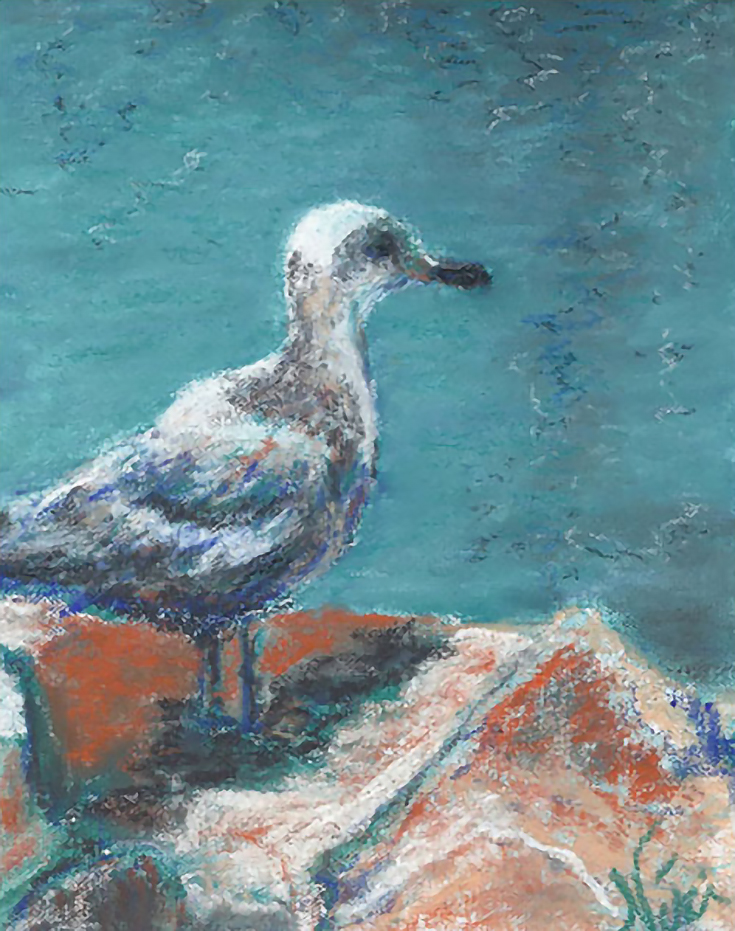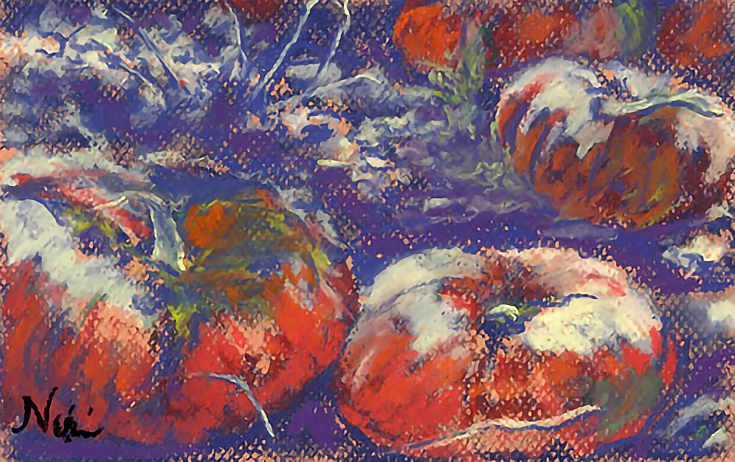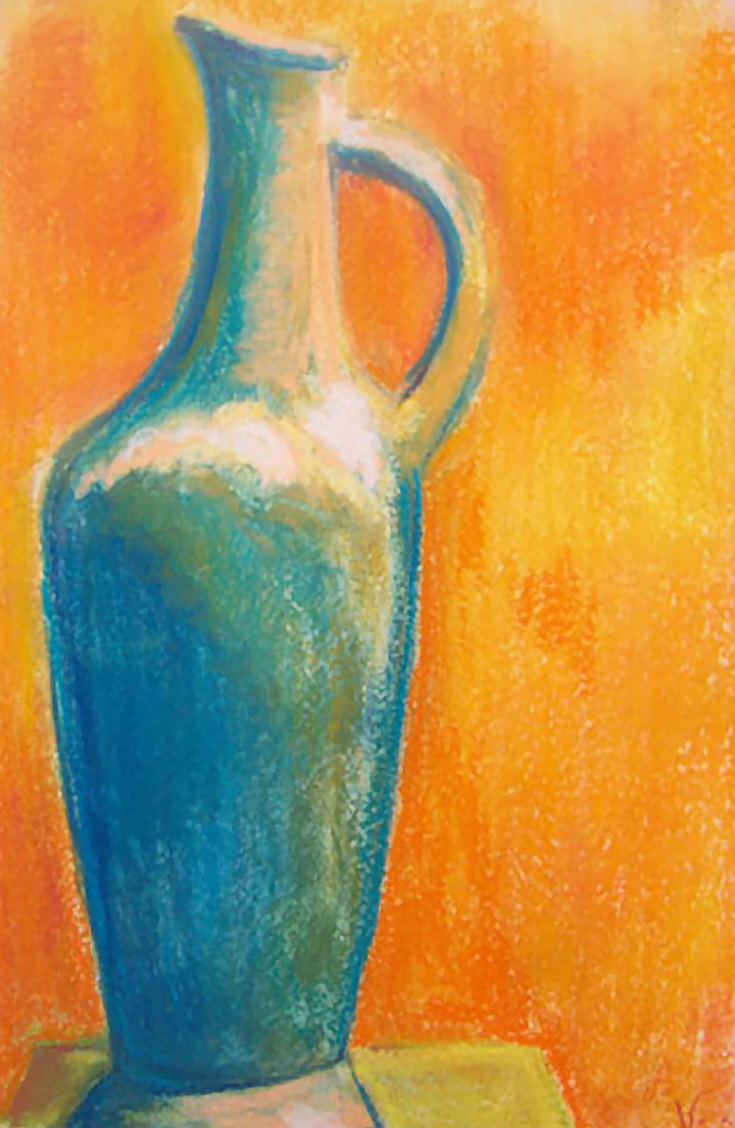I recently read that a good way to get people to buy a piece of your artwork is to tell collectors the story behind it. I’ve sold works both with and without sharing their “stories,” but the aforementioned advice got me wondering: if asked to tell the story behind each piece I create, would I be able (or even need) to do so? Does every painting have a story?
Having blogged about numerous pieces of my own artwork, it would seem that I should have a story for each one. Upon looking back over my blog posts, I realized that I’m pretty comfortable sharing how I create my art, but not always why I create it.
I decided that I haven’t offered a story for every art piece for a few different reasons. The inspiration might be quite personal, and I’m a fairly private person. Or, the piece could seem so straightforward to me that there’s little question as to why it was created—such as a brilliantly lit beach scene or a personable pet portrait. And, very often, when a potential buyer is viewing my work, I tend to make the assumption that since I’m willing to part with the piece, it’s more important what it means to the viewer than what it meant to me as I created it.
(Plus, there are also those paintings that started out as sketches or exercises and just happened to turn into nice finished pieces. Those are the trickiest of all.)
So I began to wonder—how do we, as artists, overcome these barriers to finding the story behind each piece of art we create?
With a little organization!
Here are the three steps that I’ve started using to find the narratives in my artwork:
1. Identify your meaningful pieces
Make sure you have a way to take notes, and browse through your portfolio (or, if you’ve got a website, sift through your online gallery). You want to find the pieces that jump out as most meaningful to you, such as special places, portraits of people you know well, or emotionally charged works.
When you’ve got those pieces in front of you, write a 1-2 sentence description of what motivated you to paint those pieces, and why you consider them meaningful to you. These should be your go-to works when asked to share your art, so that you have ready descriptions available for any new viewers who might be curious about your artistic inspiration.
2. Explore your other best works
Now the real work of searching your artwork for a story begins! Go through your portfolio again. This time, pick out the works that you’re proud to share, but don’t have a ready explanation for as to their inspiration. Examine each piece and ask yourself a few questions.
For example:
What do you like about it? Is there anything in the subject matter that holds special meaning to you?
Perhaps you’ve got a great still life with a strong mood. Looking at the objects in your arrangement, do you see anything in there with special significance (such as an object that’s been in your family a long time, or something you’ve collected somewhere special or grown in your own garden?)
Keep asking questions. What is the dominant element of your painting, and why did you choose to emphasize it? What does the piece say about you as an artist, particularly to someone who’s never seen your work before?
You may want to write a paragraph for each piece, so that you’re able to work through the process of identifying what it is that inspired you to paint it. The physical process of writing it out will help you come up with that shorter “blurb” you’ll be able to remember when you’re asked about the piece in the future.
3. Analyze your exercises and experiments
Some of the most difficult pieces to find a story behind are your artistic exercises and experiments. In this case, it’s helpful to gather any work in a series or done in a particular setting or style (such as daily paintings, life sketches, or color or value exercises) and look for common themes among these works.
A series of daily paintings of oranges might not seem to tell much of a story at first. However, if you look carefully, you’ll likely find something that comes through in the series that shares a piece of you as an artist. For instance, how do you approach your subject matter? What is it about a particular subject that appeals to you and why?
If you paint for the joy of pushing the medium around with a knife, write down a few thoughts to explain what that process feels like for you, or how you were introduced to the technique and why you continue to use it.
Take some time to write a short narrative about the entire series of works or exercises, identifying how each piece you decide to share fits into that narrative as you go.
You shouldn’t have to dig too deeply to find the stories behind your works, nor should you feel pressured to make up stories to go with them. Getting comfortable with sharing the inspiration behind your art may take some time, but doing so will help you connect with people who might be interested in collecting your art.
Oh! And knowing the stories behind your paintings may also provide you with a useful artistic skill. . . the ability to identify your intentions even before you begin a painting.
Think of this article like a call to action—take a moment (or a week) to find the stories in your art. Then, start making a new story with every piece you create!
This post may contain affiliate links.



